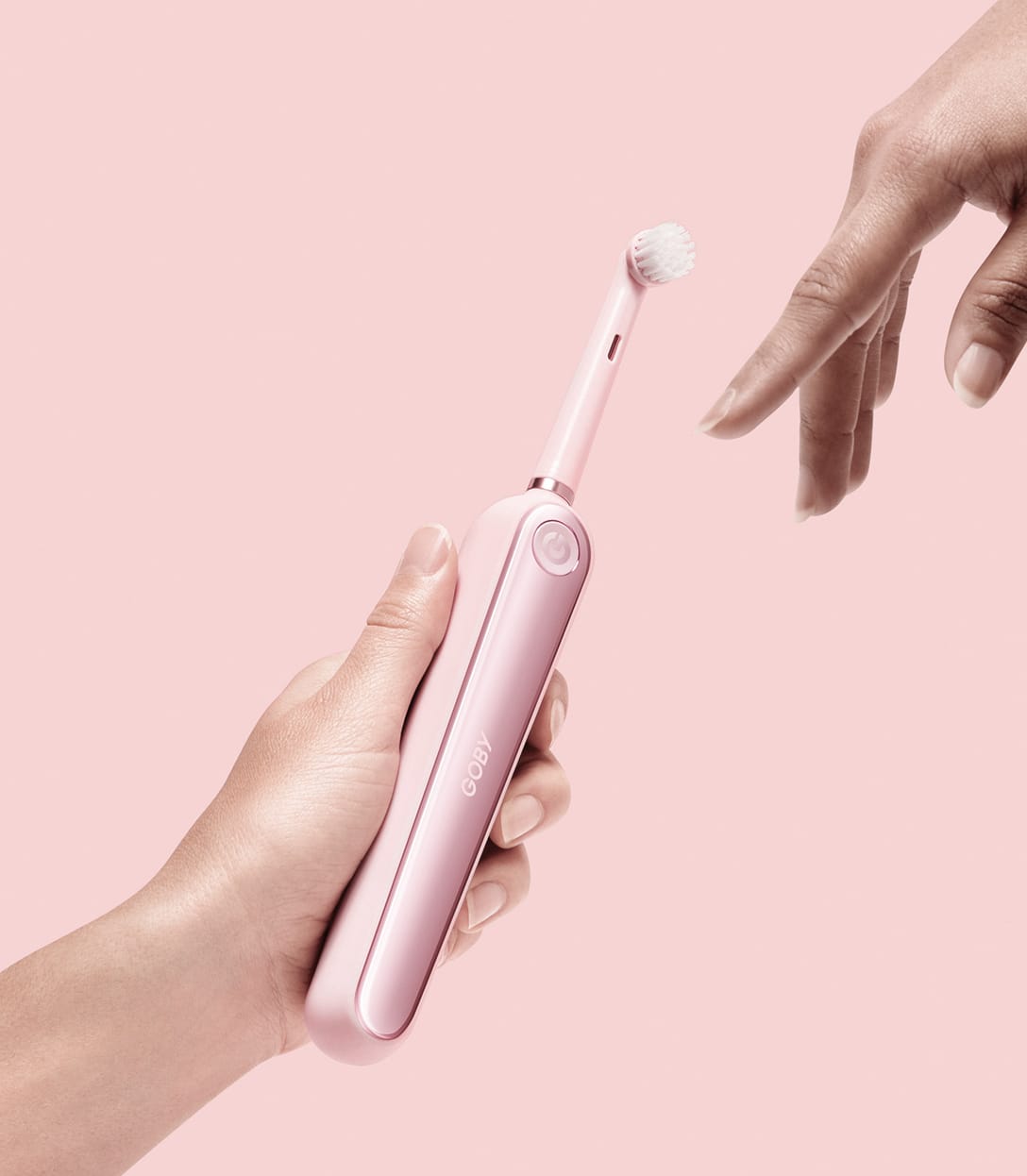
Research conducted by the Oral Health Foundation and Oral-B as part of 2020’s National Smile Month discovered that the number of British adults cleaning their teeth with an electric toothbrush has surpassed those using a manual one for the first time. The results of the nationwide survey determined that 12 million people in the UK have switched to an electric toothbrush over the last five years and that around two in three adults (67%) now use an electric toothbrush, putting the total at an estimated 34 million people for an increase of a whopping 52%.
Manual VS Electric Toothbrush – What’s The Truth?
So, once again, we ask what are the main advantages that electric toothbrushes hold over their manual counterparts and is there any benefit to patients remaining loyal to traditional handles?
“It’s scientifically proven that an electric toothbrush gives a superior clean compared to that of a manual brush,” says Claire Berry, an Award-Winning Dental Hygienist working at the Yorkshire Dental Suite. “Numerous studies demonstrate the substantial difference in plaque biofilm removal using electric toothbrush technology. As biofilm is the cause of periodontal disease initiation, it’s imperative that it is removed daily in order to keep teeth and gums healthy”.
Electric Toothbrush Myths
Concerns have been raised in the past about just how rough electric models may be, causing tissue damage and eroding gums. “They are as safe as a manual and do not cause more tissue damage,” confirms Claire. “If anything, with recent models, it reduces your risk of damage. Some models have a pressure sensor that highlights if your pressure has exceeded 2.5N (Newtons). We know that 3N may cause tissue damage and so, by ensuring the light indicates pressure at 2.5N and above, the risk of this is reduced.”
In addition to a pressure sensor, many recent electric toothbrushes boast other smart features. “Some models have 30-second indications, to help ensure you reach the recommended 2-minute brushing time,’ Claire adds. “and you can buy electric toothbrushes that work alongside apps via Bluetooth to increase consumer compliance and encourage behaviour change.”
But what are the benefits of using a manual toothbrush? For Claire, there’s certainly no reason to opt for manual over electric. “It’s definitely better than using nothing at all, in that mechanical biofilm removal with something is better than nothing,” she says. “But it’s not advice I would routinely give, to use one over an electric toothbrush, due to the clinical evidence backing electric. Of course I guide them how to use a manual if they so wish, but I will always follow this up with evidence-based advice about switching. A manual toothbrushing technique is very much technique sensitive”.
When patients decide to upgrade from a manual brush to an electric toothbrush, the wide variety of options, features and functions can be intimidating. So, what is a good starting point? Many electric toothbrushes focus on plaque removal, gum health or teeth whitening – but which should be prioritised?
“Always put biofilm control and good gum health first when choosing an electric toothbrush,” asserts Claire. “‘Whiter’ – or rather, cleaner – teeth, come as a by-product of good oral hygiene. Initially you could see your hygienist who will advise you and even use a model called an ‘Oral B test drive’ that allows for a ‘try before you buy’ situation.”
What are The Advantages of Manual Brushes?
If manual brushes have one advantage over their electric cousins, it’s cost. Manual toothbrushes are relatively cheap, while the price of electric toothbrushes can rise rather sharply.
“Some people are hesitant to invest heavily in something new due to fear of spending money on something they are unsure that they will like,” says Claire. “But brands like Oral B, for example, have a product range with varying modes and extras which account for a wide price range. The new Oral-B iO for example, released in August, uses artificial technology to know exactly where it is inside your mouth, including all surfaces. When used with the app it will allow consumers to achieve 100% coverage of all surfaces. It may seem pricey initially, but this tool will allow for better cleaning and will actually guide the consumer to achieve healthier teeth and gums. A very worthwhile investment in my opinion, especially as we know oral health is linked to systemic health. So in this case, spending a bit more may get you a lot closer to a ‘professional clean feel’ and better health.”
It would seem that electric toothbrushes are undoubtedly the way to go. However, it is perhaps the initial investment required by patients in upgrading to a powered model, coupled with outdated fears of how an electric toothbrush might feel, that causes some to choose to stick with manual. But the latest figures are encouraging.
When the findings from the National Smile Month survey were revealed, Dr Nigel Carter OBE, Chief Executive of the Oral Health Foundation, stated that he believes, as the science behind the advantages of electric toothbrushes mounts, the decision whether to invest in an electric toothbrush becomes much easier.
Enquire Now